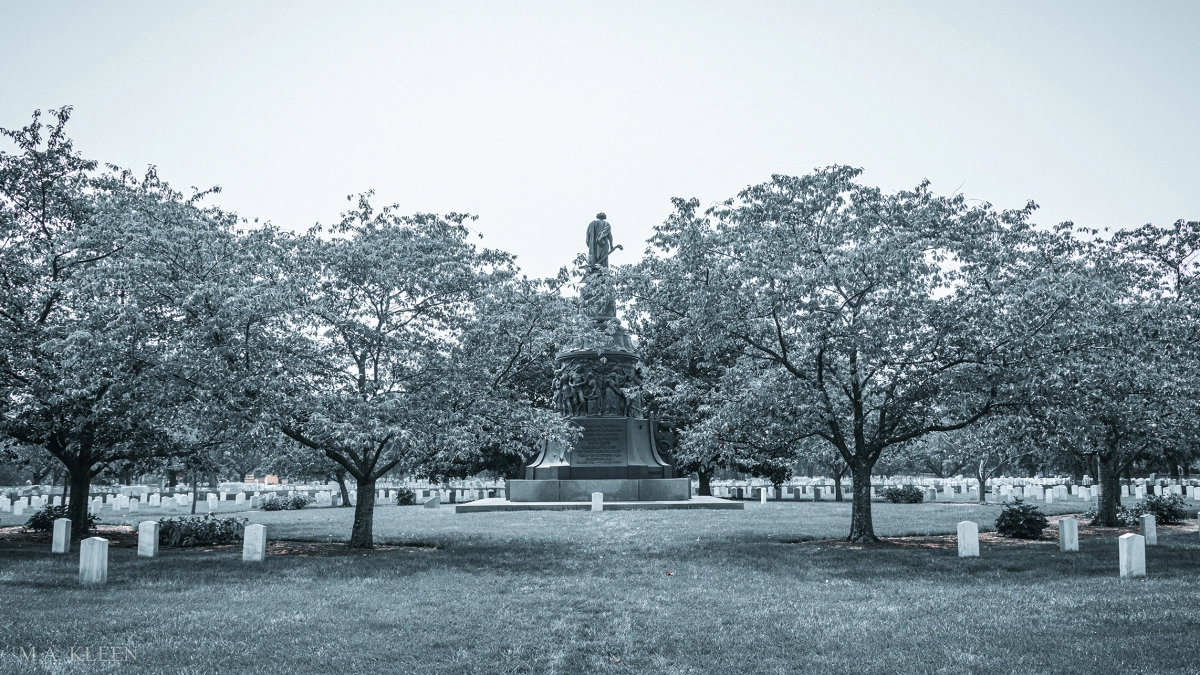Hidden away down tree-shaded lanes, stately manors remind passersby of a bygone era when parasol ladies in bright dresses strolled past enslaved workers tilling the fields. Today they are historic sites, museums, or private homes, but something from the past remains. Perhaps you can catch a glimpse of a smokey figure at one of these most haunted plantations in Virginia.
Elmwood

Elmwood Plantation in Essex County, Virginia was established in the late 18th century by the Wickham family, who were prominent landowners in Virginia. The Wickham family lived in a large brick mansion on the plantation, which was likely built in the late 18th or early 19th century. The mansion still stands today and is a private residence. It was unoccupied for much of the late nineteenth and early twentieth centuries, leading to widespread rumors of ghostly activity. The most notable occurrence is that of a spectral couple wearing extravagant clothes who appear in the midst of parties, dancing obliviously to the perplexed crowd. Their waltz takes them down the main staircase and into the garden, where they disappear.
Blandfield

Blandfield is a Georgian-style plantation house in Essex County, Virginia. It was built around 1750 for William Beverley (1696–1756). As the house has been in possession of the Beverley family for over 250 years, it comes as no surprise that several family members are believed to haunt the grounds. An unknown male entity has been seen in the library, and the specter of a woman wearing a long dress appears upstairs.











You must be logged in to post a comment.